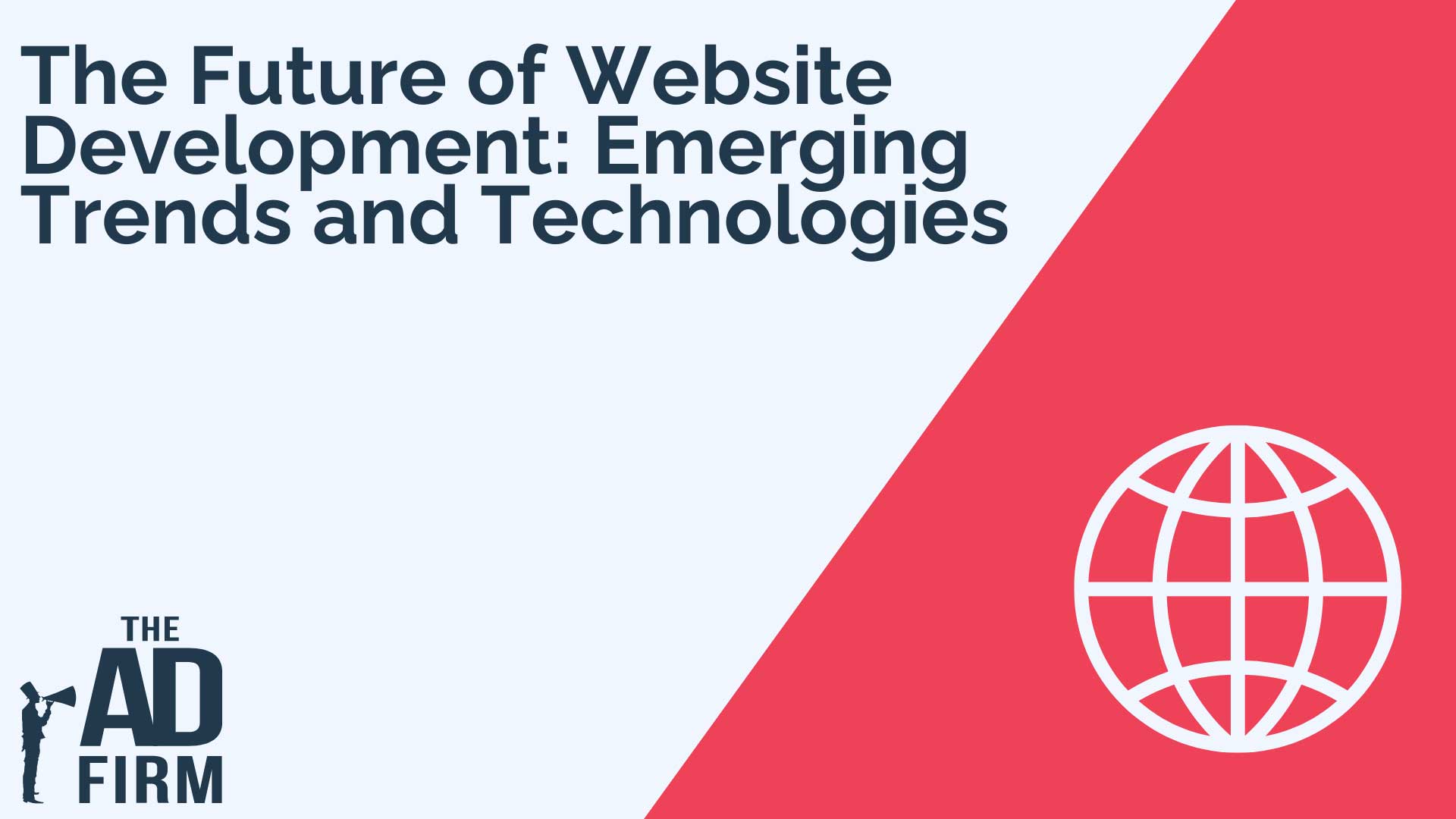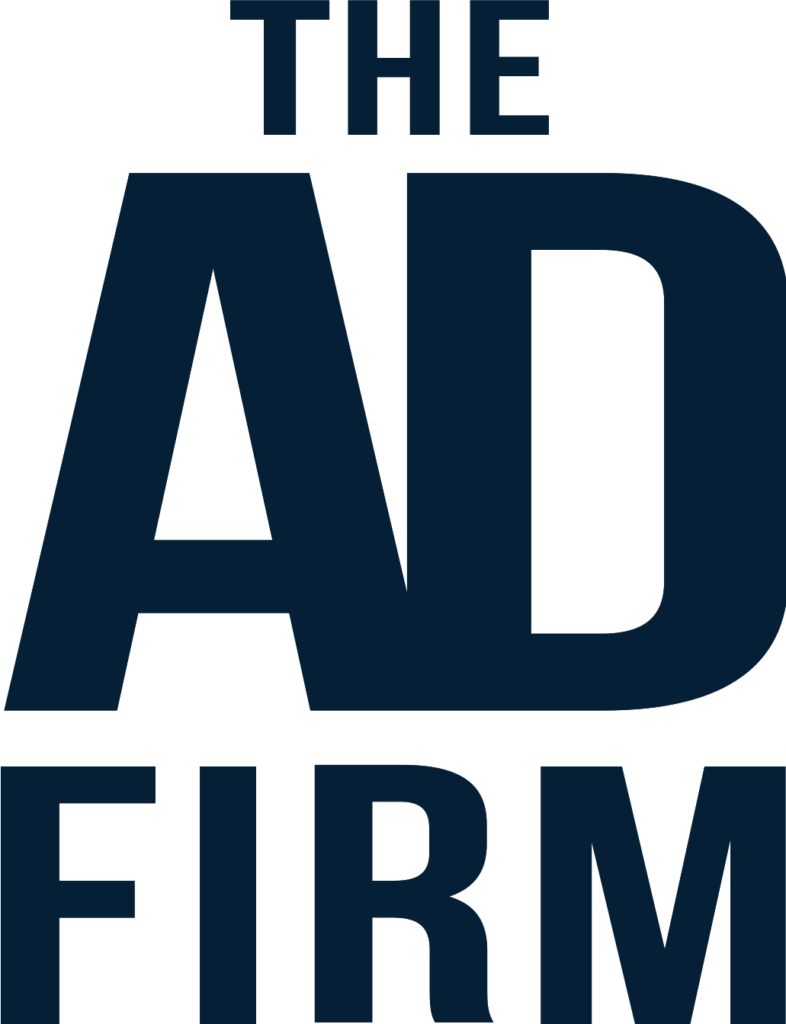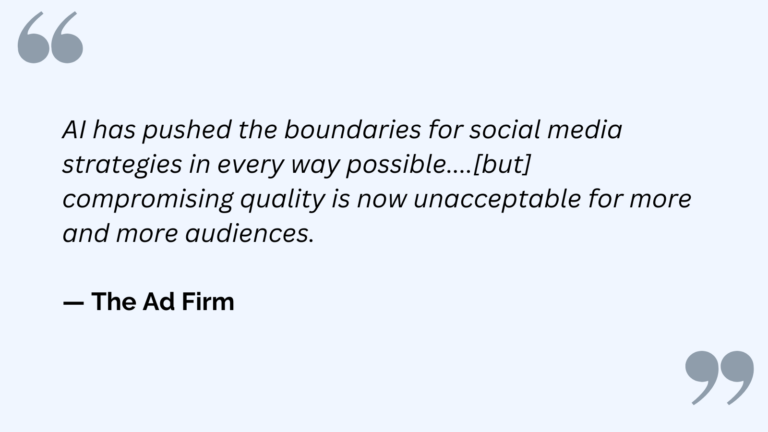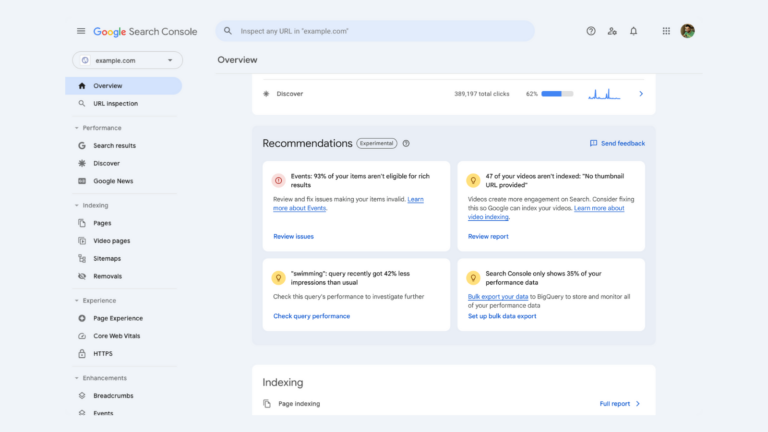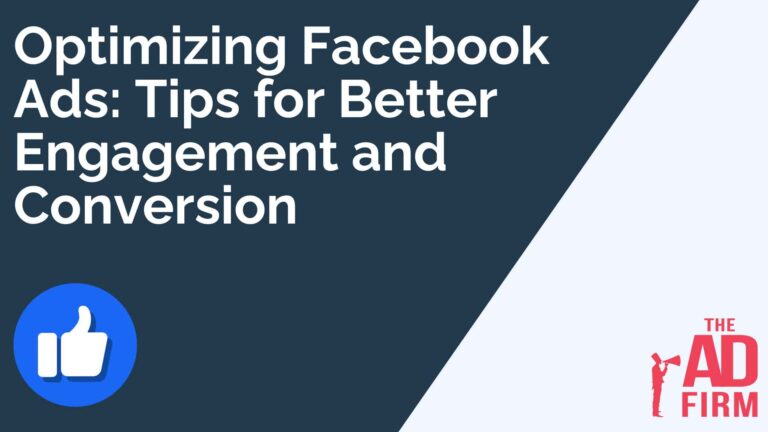Website development has evolved dramatically over the years. What started as simple HTML pages has now transformed into highly interactive, feature-rich web experiences that cater to the diverse needs of businesses and users alike. In today’s digital landscape, websites are more than just a means of establishing an online presence; they are strategic assets that represent brands, engage customers, and drive business outcomes.
This article explores the key trends shaping the future of website development—advancements that many web design companies are leveraging to build websites that are not only visually appealing but also secure and functionally robust.
The Rise of AI and Machine Learning in Development
Artificial Intelligence (AI) and Machine Learning (ML) are transforming website development by automating complex tasks, analyzing user behavior, and providing data-driven insights.
AI-driven tools now enable developers to create websites that predict user preferences, offer personalized content, and even automate customer support through chatbots. This evolution in website development helps companies improve user engagement and streamline the development process.
Specific Impact of AI and ML on Web Development:
- Enhanced Content Management: AI tools automate content creation, curation, and updates, ensuring that websites remain dynamic and relevant.
- Streamlined Design and Development: AI-powered design tools such as Wix ADI and Bookmark analyze user inputs to create visually appealing websites quickly, reducing the need for manual design iterations.
- Predictive Analysis: ML algorithms learn from user behavior, allowing websites to anticipate needs and adjust content or layout dynamically, resulting in a more engaging and personalized user experience.
By leveraging AI and ML technologies, websites can now respond to user needs more effectively, automate repetitive tasks, and optimize content for higher engagement and conversions.
AI-Powered Website Builders
AI-powered website builders have revolutionized how websites are created. These tools utilize machine learning to generate site layouts and content based on user inputs. Platforms like Wix ADI and Bookmark not only save time but also make web development accessible to non-technical users by eliminating the need for coding skills.
They generate templates, suggest design elements, and optimize for SEO, making it easier for businesses to establish an online presence without investing heavily in development resources.
Key Advantages of AI-Powered Website Builders:
- Speed and Efficiency: Reduce the time it takes to build a fully functional website.
- Accessibility: Allow non-technical users to create professional-looking sites without extensive coding knowledge.
- Personalization: Automatically recommend and apply design choices that align with industry standards and user preferences.
AI-powered tools are continuously evolving, making them a valuable asset for businesses that require a quick turnaround on web development projects.
Progressive Web Apps (PWAs): A New Standard
Progressive Web Apps (PWAs) are hybrid applications that combine the best features of web and mobile apps. They provide fast load times, offline functionality, and a seamless user experience across all devices. As a result, PWAs have become an essential tool for developers seeking to deliver high-performance web experiences without the limitations of traditional apps.
Benefits of PWAs for Users and Businesses
PWAs bridge the gap between native apps and websites, offering benefits like improved performance, lower data usage, and the ability to function in low or no network conditions. This makes them an excellent choice for businesses targeting users in remote areas or regions with limited connectivity. Additionally, PWAs help businesses reach a broader audience by eliminating the need for separate development efforts for different platforms.
Benefits of PWA Include:
- Offline Accessibility: Users can access content even without an internet connection, enhancing engagement and user retention.
- Lower Development Costs: PWAs eliminate the need for separate iOS and Android apps, reducing development and maintenance expenses.
- Improved SEO: PWAs are indexed by search engines, providing better visibility and discoverability compared to traditional apps.
Key Features of PWAs
The key features of PWAs include push notifications, background data synchronization, and access to device hardware like cameras and GPS. These capabilities allow PWAs to provide an experience that’s nearly identical to native apps, making them suitable for content-rich applications and e-commerce platforms—an excellent foundation for businesses looking to venture into eCommerce SEO and improve online visibility.
Key PWA Features:
- Push Notifications: Keep users engaged by delivering timely updates and information.
- Background Syncing: Continuously update content in the background, ensuring users always have the latest information.
- Device Integration: Access hardware features like the camera and location services for enhanced functionality.
The Impact of Voice Search on Web Design
Voice search is changing how users interact with websites, making it essential for businesses to optimize their sites for voice queries. With smart speakers and virtual assistants becoming more prevalent, users expect quick, accurate responses to their spoken queries. This shift has implications for content strategy, website structure, and design.
Voice Search Optimization Strategies
To optimize for voice search, developers need to focus on long-tail keywords, natural language processing, and question-based queries. This helps websites align with how people phrase their questions when speaking. Structuring content to provide clear, concise answers improves the chances of appearing in voice search results.
Effective Voice Search Strategies:
- Use conversational language and question-based formats.
- Optimize for featured snippets and answer boxes.
- Ensure fast loading speeds and mobile compatibility.
Responsive Design vs. Adaptive Design
Responsive and adaptive designs are two distinct methods for ensuring websites look great on all devices. While responsive design uses fluid grids and flexible layouts, adaptive design relies on multiple predefined layouts. Understanding their differences helps developers choose the right approach based on project goals and target audience.
What Is Responsive Design?
Responsive design adjusts seamlessly to any screen size using a single, flexible layout. It relies on CSS media queries to ensure content scales proportionally. The design elements, like images and text, adjust automatically, providing a consistent experience across devices.
Unique Characteristics of Responsive Design:
- Fluid Grids: Elements scale proportionally.
- Media Queries: Styles adapt based on screen size.
- Single Codebase: Simplifies development and maintenance.
What Is Adaptive Design?
Adaptive design, in contrast, uses multiple fixed-width layouts tailored for specific device categories, such as mobile, tablet, and desktop. This approach provides more control over how content is displayed but requires creating and maintaining separate layouts for each screen size.
Unique Characteristics of Adaptive Design:
- Fixed Layouts: Multiple layouts ensure tailored experiences for different devices.
- Conditional Loading: Only necessary elements are loaded for each layout, improving performance.
- Enhanced Customization: Offers precise control over content placement and typography.
Serverless Architecture and Its Benefits
Serverless architecture is revolutionizing how websites and applications are built. By offloading server management to cloud providers, developers can focus solely on code. This model reduces operational costs and provides automatic scaling, making it an efficient choice for modern applications.
What Is Serverless Architecture?
Serverless architecture abstracts server management and allows developers to write code that executes specific tasks. Cloud providers like AWS Lambda handle the infrastructure, enabling automatic scaling and resource allocation based on demand.
How Serverless Architecture Works:
- Developers create small functions that are triggered by events.
- Cloud providers allocate resources dynamically based on function execution.
- After execution, resources are deallocated, ensuring optimal usage.
Benefits of Going Serverless
Serverless architecture offers numerous benefits, such as cost efficiency, automatic scaling, and simplified deployment. Developers can deploy individual functions, making it easy to update or replace specific components without affecting the entire application.
Core Benefits of Serverless Architecture:
- Reduced Costs: Pay only for the actual execution time of the code.
- Automatic Scaling: Handle varying loads seamlessly.
- Simplified DevOps: Focus on development without managing servers.
Use Cases for Serverless Architecture
Serverless architecture is ideal for applications requiring real-time data processing, microservices, or event-driven processes. It’s also perfect for chat applications, IoT solutions, and lightweight APIs.
Enhanced User Experience through Chatbots
Chatbots are now a standard feature on websites, providing instant support and engaging users. Powered by AI, they can handle complex queries, guide users, and enhance overall satisfaction. Businesses can choose between rule-based chatbots or AI-powered ones, depending on the level of interaction needed.
Types of Chatbots for Websites
- Rule-Based Chatbots: Follow predefined scripts and decision trees to handle basic queries. Ideal for FAQs and structured interactions.
- AI-Powered Chatbots: Use natural language processing and machine learning to understand context, provide personalized responses, and learn from interactions.
Benefits of Implementing Chatbots
Implementing chatbots can significantly enhance user experience by providing 24/7 support, reducing response times, and freeing up human resources for critical tasks. They guide users through processes, improve lead generation, and drive conversions.
Integrating Cybersecurity Measures in Development
With the rise in cyber threats, integrating robust cybersecurity practices into the development process is essential. Developers must prioritize security to safeguard websites against potential breaches and data leaks. Digital marketing agencies that offer web development services are increasingly focused on implementing such measures to ensure that client websites remain secure and resilient against evolving threats.
Key Cybersecurity Practices for Developers
Developers must incorporate security measures throughout the development process to ensure a solid defense. This includes adhering to secure coding standards, using SSL certificates, and conducting regular vulnerability assessments. Data encryption and two-factor authentication (2FA) for admin access are also essential to safeguard sensitive information. Here’s a breakdown of these practices:
- Secure Coding Standards: Prevents vulnerabilities like injection attacks by validating inputs and encoding outputs.
- SSL Certificates: Encrypts data in transit between server and user, protecting sensitive information.
- Regular Vulnerability Assessments: Identifies and addresses weaknesses before they can be exploited.
- Data Encryption & Two-Factor Authentication (2FA): Protects stored data and ensures only authorized access.
Common Cybersecurity Threats in Web Development
Websites are constantly at risk of various cyber threats, which can lead to data theft, service disruptions, and loss of user trust. Common threats include SQL injections, cross-site scripting (XSS), and distributed denial-of-service (DDoS) attacks. Developers must be vigilant in recognizing these threats and implementing preventive measures:
- SQL Injections: Involves inserting malicious code into an input field, enabling attackers to access or manipulate database information.
- Cross-Site Scripting (XSS): Injects harmful scripts into web pages, potentially stealing session data or redirecting users.
- Distributed Denial-of-Service (DDoS): Overwhelms a server with excessive requests, causing the website to crash or become unavailable.
Identifying these threats early and using security best practices like input sanitization and rate limiting can significantly reduce the risk of successful attacks.
Preparing for the Future
Website development is an ever-evolving field. Staying ahead of trends like AI, PWAs, and serverless architecture is vital for businesses looking to offer enhanced experiences and maintain a competitive edge. The Ad Firm can help your business leverage these trends to build functional, optimized, and future-ready websites. Contact us today to learn how we can elevate your digital presence and keep you ahead in the digital race.

